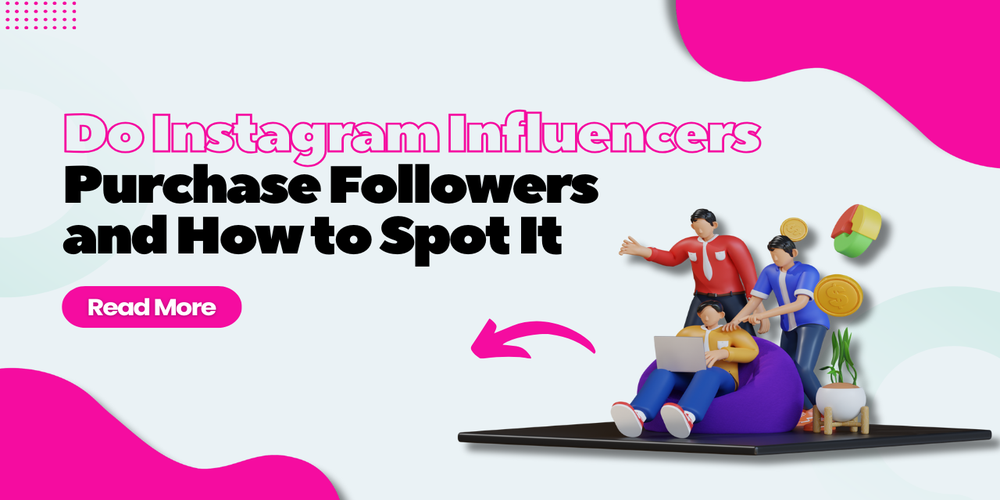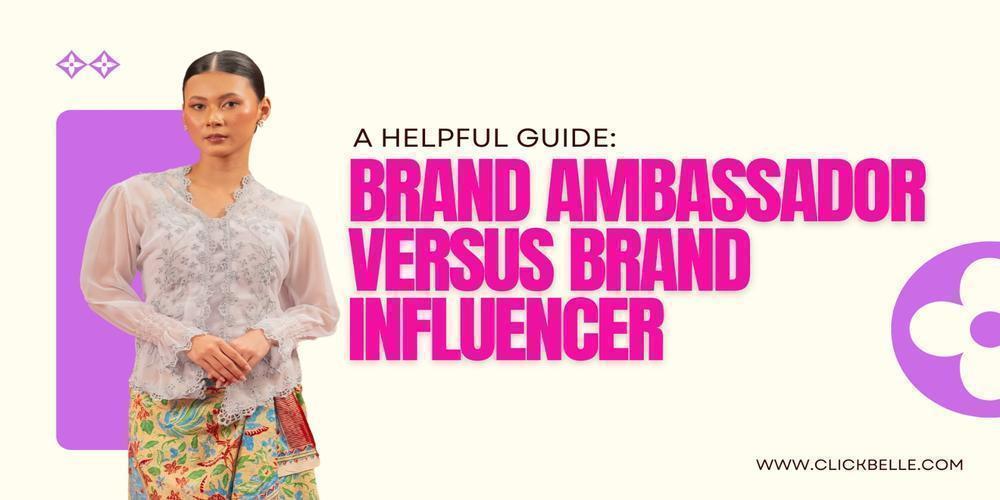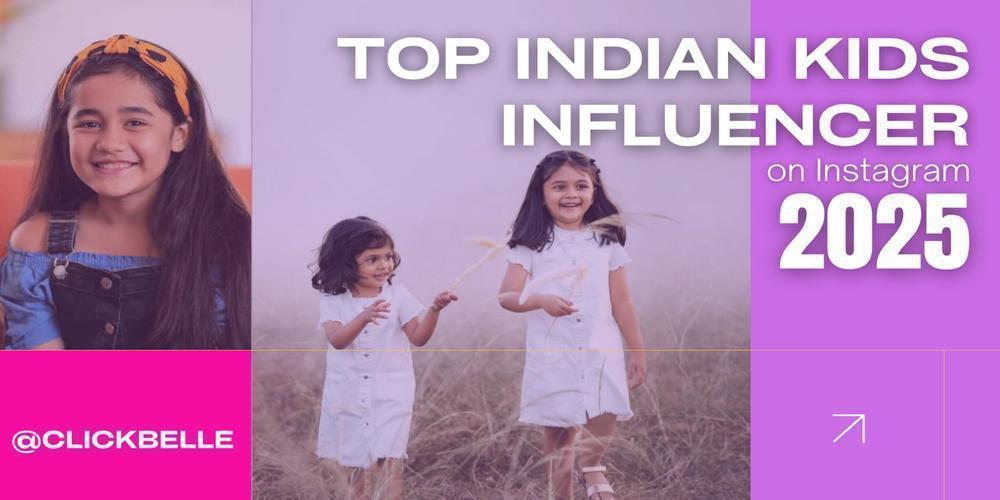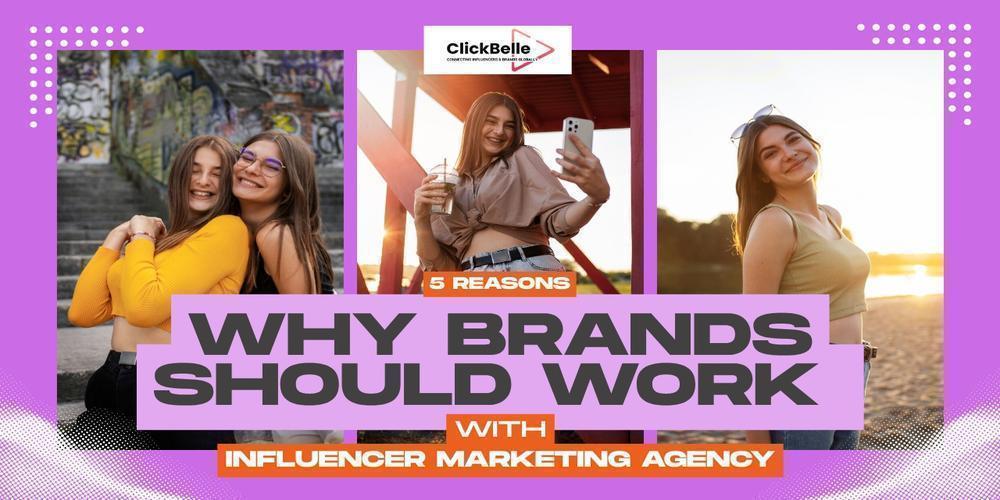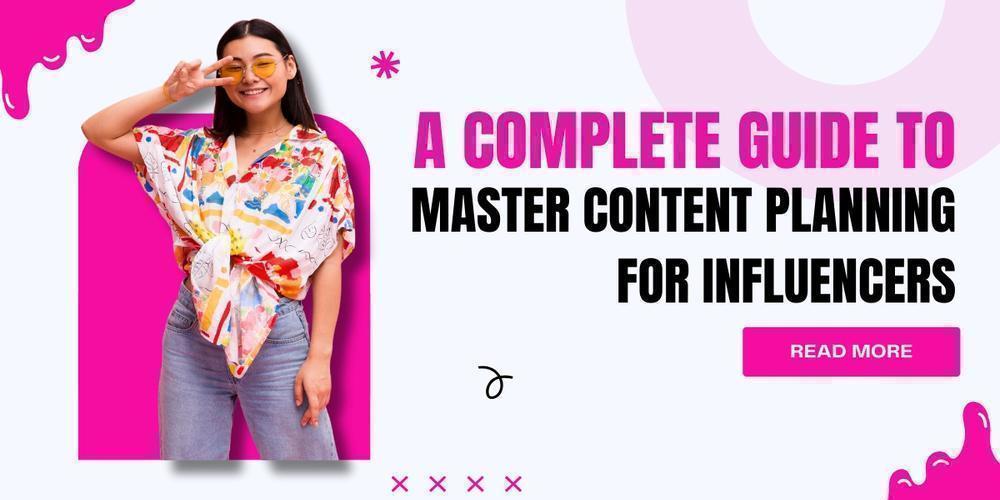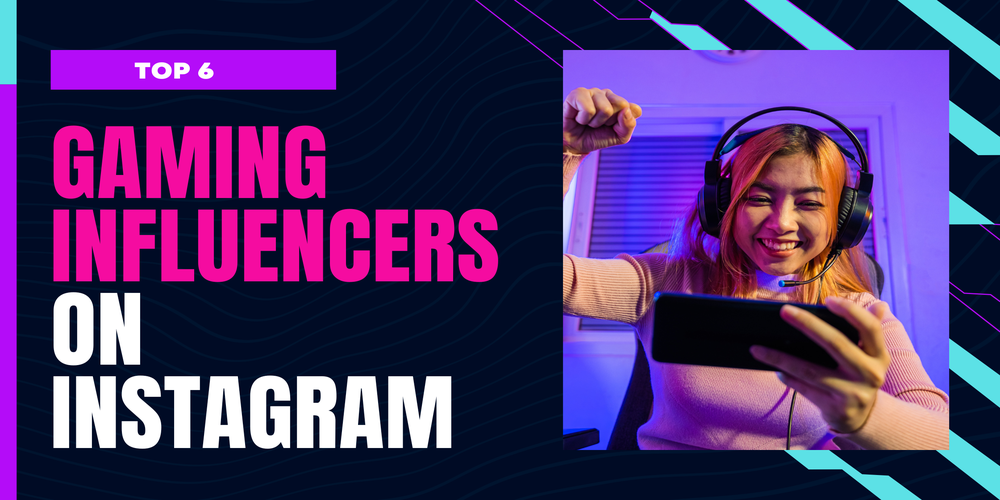Influencer marketing is key for brands and businesses to connect with their audience today. As one of the most popular social media platforms, Instagram is home to millions of influencers who promote themselves as sources of genuine interaction, high visibility, and legitimate content. While many of these influencers maintain polished accounts and impressive numbers, a disturbing trend is emerging: a growing number are engaging in Instagram influencers buying followers to boost their online image artificially. These exaggerated figures are frequently generated by bots or inactive accounts, giving the impression of popularity while providing no genuine contact or value.
Although not all influencers use this strategy, the intense rivalry for brand relationships, visibility, and perceived impact has pushed some to take shortcuts. This trend misleads both genuine users and brands, eventually weakening the credibility of influencer marketing. Influencers distort engagement metrics and undermine organizations' trust in online relationships by depending on fake followers on Instagram. As a result, this behavior jeopardizes the authenticity and long-term viability of the influencer industry, contributing to a rising wave of influencer marketing fraud.
Why Do Influencers End Up Buying Followers?
One of the primary reasons many influencers turn to buying followers is the belief that perception equals power. A large following can often lead to brand partnerships, sponsorships, and media exposure. This shortcut might give growing influencers the impression of legitimacy and impact, making them more appealing to potential partners. Brands may be persuaded by the high statistics, unaware that these followers are frequently fake—bots or inactive accounts that provide no actual activity, such as likes, comments, or sales. While the profile may appear successful, the absence of genuine engagement reveals the underlying problem.
Another significant factor driving this behavior is the intense pressure to remain relevant in an overcrowded digital arena. With many instances of others going viral or attaining huge goals, some influencers feel excluded or stuck. The fear of falling behind can drive them toward Instagram influencers buying followers just to stay visible and maintain a competitive edge. As organic development becomes more challenging, particularly for newcomers, the temptation to artificially inflate figures grows—even if it eventually damages long-term trust and authenticity in the influencer marketing industry.
How to Spot Fake Instagram Followers
Detecting fake followers can be tricky but not impossible. Here are some clear warning signs that help in how to spot fake Instagram followers:
1. Sudden Rises in Follower Count
If an influencer obtains thousands of followers suddenly without a viral post or major feature, it's a red flag. Organic growth is usually gradual. Sudden surges are often a sign of fake followers on Instagram.
2. Low Engagement Rate
If an account has 100,000 followers but barely receives a few hundred likes or comments, that's highly suspicious. A low engagement-to-follower ratio is one of the biggest signs of fake followers.
3. Spammy or Repetitive Comments
Generic comments like "Cool," "Nice pic," or just emojis—especially when repeated across posts—often come from bot accounts.
4. Follower Quality Check
Look at their followers: Do they have no profile pictures? Strange usernames full of numbers? No content at all? These profiles are likely bots and contribute to the pool of fake followers on Instagram.
5. Inconsistent Posting
Genuine influencers usually maintain consistency in posting stories, reels, or content. A high follower count but little activity is a big clue.
6. Use of Analytics and Tools
Brands and users can rely on tools to check Instagram follower authenticity like SocialBlade, HypeAuditor, or IG Audit. These platforms help track engagement trends and follower growth to reveal suspicious patterns and make detecting fake followers much easier.
Why This Matters to Brands and Followers
Brands don't just invest in influencers for visibility—they expect measurable outcomes. When they partner with someone using fake followers on Instagram, the result is a wasted budget and missed opportunity. These influencers can't provide real reach or impact. Campaigns promoted to fake accounts simply don't work, leading to disappointing results and influencer marketing fraud.
The impact extends beyond just businesses; it also affects everyday users who trust influencers for honest opinions, relatable content, and lifestyle inspiration. When someone's popularity is built on fake numbers, it erodes that trust. False credibility distorts perception, reducing the authenticity and effectiveness of the influencer's message.
What Can Be Done?
Brands must vet influencers thoroughly before entering partnerships. Ask for detailed audience analytics, engagement insights, or use tools to check Instagram follower authenticity. These methods can reveal real influence versus an inflated number.
Instagram itself is making strides in cleaning up bots and fake accounts. But users must also stay cautious. Awareness of signs of fake followers and understanding how to spot fake Instagram followers is essential in maintaining a healthy digital ecosystem.
The most important message for influencers is that authenticity always triumphs in the long term. Building a loyal community may take time, but it's the only sustainable path. Trust and long-term success can't be bought they must be earned.
Conclusion
In a world driven by appearances, it's not surprising that Instagram influencers buying followers has become a trend. However, numbers without meaning are empty. As brands and users become savvier at detecting fake followers, the value of authentic influencer marketing strategies will rise. Supporting transparent, honest influencers benefits everyone—from businesses looking for ROI to users seeking trustworthy content.

